Poetically Framed Moments; Before, Now and After By Paul de Luna Photography
Paul de Lunaleft Southern California to explore the world after completing a degree in English Creative Writing, as an unexpected result of his globe hopping he became involved with the fashion industry. His involvements lead him to travel for the next decade, extending and enhancing his storytelling skills with the addition of imagery.
Photographically self taught whilst continuing to utilize his literary background, de Luna's outstanding portfolio illustrates the everlasting beauty of fashion, intuitively framed and fuelled with emotion and sensuality.
As a photographer and film maker he is keen to make images that are as poignant tomorrow as they are today. Feeding his creative mind with inspiration from cinema, theatre, dance and general observations of life as it happens; his dreamlike sensibilities are transformed into reality as a result of the photographic medium.
Your involvement with the world of fashion has spanned over a decade; having been involved for such a vast length of time, what does fashion and all it entails mean to you?
Well over a decade by now but only a few of those are as a photographer. The novelty has definitely worn off and it's quite a shame because possibly I don't see as much of the glamour as others who are new or not in the industry do. On the other hand that is also liberating in that I'm not blinded by passing fads and trends that might not really be a part of my aesthetic. My goal is to produce work that is as relevant tomorrow as it is today. I've definitely come to appreciate couture and revel in fashion when it is indeed art. Sometimes on set I'll find myself staring at the materials, cuts, and stitching of some high-end piece just admiring the beauty in it, and even more so admiring the fact that adorning ourselves with these sacramental objects is a way of celebrating life and existence. In essence, fashion is the exaltation of the human form.
As a self taught photographer working with minimal digital alterations and primarily exploiting natural and environmental lighting; do you do you feel it is fair to say that the majority of fashion based work is overly stylized and polished?
Each photographer has their own vision and way of carrying that out, so I don't think I have the authority to make that type of universal judgement. However, on a personal basis, work of that nature doesn't turn me on. I've always gravitated towards images with a touch of an undone aura and a humanity to them. Beauty is both in the imperfections as well as the perfections, and in my work I resist the urge to make it too 'perfect' in post. I think a lot of photographers & clients might even feel the same way, but they feel the market demands that it be overly stylized and hyper-polished and so they do so.
Your work is often described as being reminiscent of cinematic and poetically framed moments, what inspires you when visualising future work?
Actually I can't imagine taking a photograph that doesn't encapsulate not just a moment in time but also a little bit of before and after - the still image sets the narrative and the creative mind of the viewer fills in the blanks. So, a photo without narrative is dead to me. I'm in awe of good cinema and consider directors such as Malick, Bergman, Kieslowski (and too many others to mention here) my idols (as well as their cinematographers: Sven Nykvist, Emmanuel Lubezki, Christopher Doyle...).
On that note, for some reason my brain is continuously flashing images in front of my eyes which arrive from somewhere in my subconscious, and from some of those I'll write up a story and shoot it. The subconscious needs food so I get a lot of that through classic art, film, theatre, dance, music, and just observing people and the subtle moments of life in general. Somehow surfing and skating feed into that as well - there's something very special about communing with one's environment and both watching and experiencing the human body in movement. Being inspired and maintaining inspiration so that you don't become stale is something that takes a lot of daily effort. I try to not look too much at what other photographers are doing as I think it's easy to be caught up in repetition.
Your portfolio includes several collaborations between yourself, various models and numerous designers – however a common theme of delicate, pureness runs through them all. Is it essential for you to retain your photographic style regardless of whom you are working with?
It depends on the commission. For commercial work it may or may not be what the client desires and my job is to give them what they pay for. I've been fortunate so far that they pick me for being me. For the editorial work, I've also been fortunate that the editors give me an extremely high degree of creative latitude, and I also tend to choose magazines which allow me that as well. I do consider myself a photographer with a distinct aesthetic that is hard for me not to follow, and this can either be a blessing or a curse to clients. The curse part rarely happens as those clients just don't gravitate towards my work. Some photographers are excellent duplicators, but that's not for me. If I don't feel I'm the right photographer for the job, I will say so.
After graduating with a degree in Creative Writing; do you feel that your visual vocabulary illustrates a story more successfully due to your creative literary background?
Unequivocally yes. The basics in storytelling are the same no matter the medium. In many ways I'm still a writer; it's just that my medium now is the camera and not paper. Usually I'll write up a concept which also includes an actual backstory to help the creative team and model better visualize their individual elements of expression. Then, on set, I will give the model a type of ambiguous scene along with how it should make them feel emotionally; much more as a film director would direct his actors rather than as a photographer typically directs models. The emotional aspect of that scene is very important - what their character is feeling, what are their fears, wishes, hopes, and dreams at that very moment. However, I don't think it's necessary to tell a literal story with my images; it's more about capturing the sensual and emotional effects of that story.
When I attempt to analyse your work in relation underlying themes I see strong references to romance, fairytales, magic and fantasy, even though they are not explicitly illustrated. Would you say these are elements of inspiration for you?
I would say you have good powers of perception. The odd thing is that I don't exactly think about magic and fairytales all day long. In some ways I'm a complete realist and in others a total dreamer, and the two aren't always in harmony. However, I was always attracted to epic fables, in particular to those from the Medieval era and pre-Christian times - Greco-Roman mythology, Slavic folklore, or time of European Paganism, for example. The time I spent living in Prague (and Europe in general) probably has a lot to do with this. Of course, the question is, was I attracted to Prague because of those elements or did I learn to love them there? What I find interesting is that mythology is a way of explaining the inexplicable and the characters in the myths are often a metaphor for ourselves. I find humans to be magical beings, full of power and mystery and colliding dreams and desires. As for the romance, yes it's beautiful to be a romantic regardless whether it's present at that moment in one's daily life or not. That's the beauty of being an artist - we can always create the world we want to be in, even if an imaginary one.
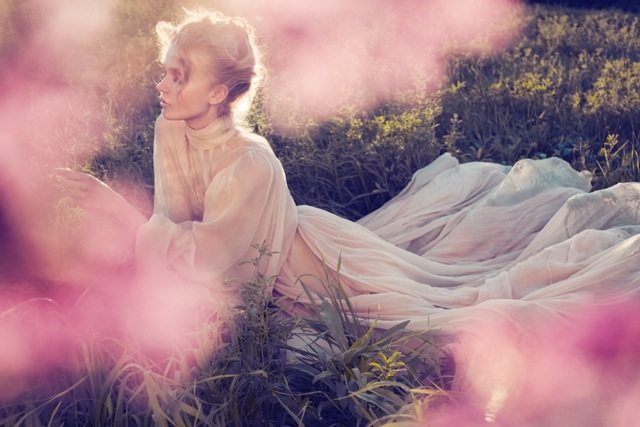
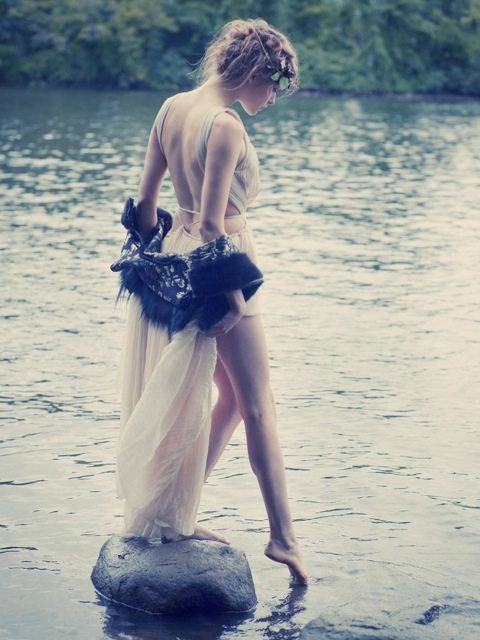
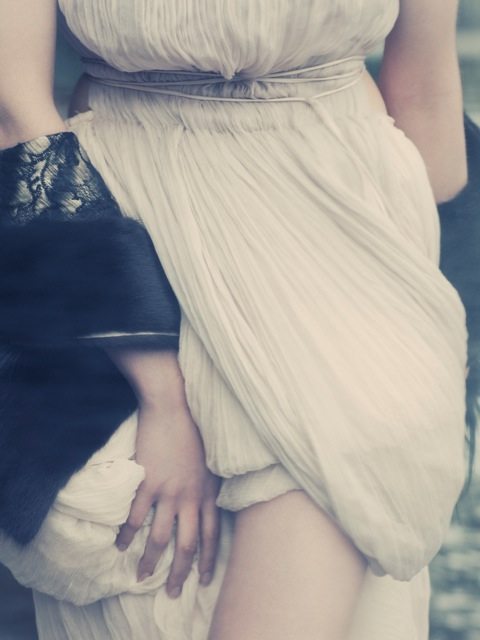
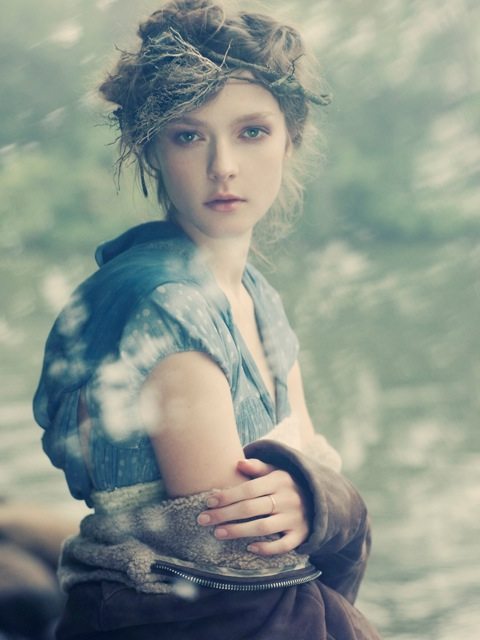
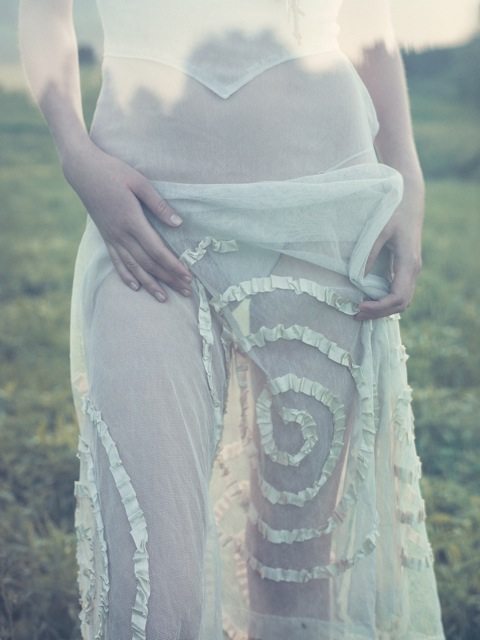
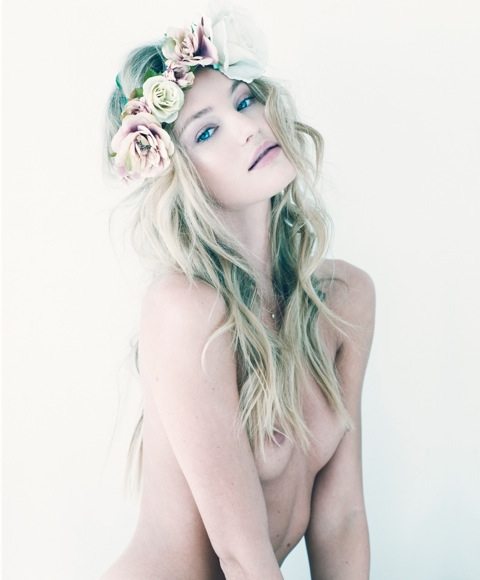

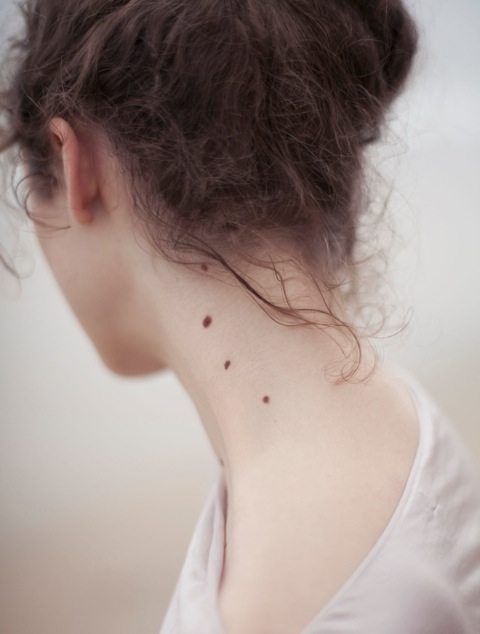
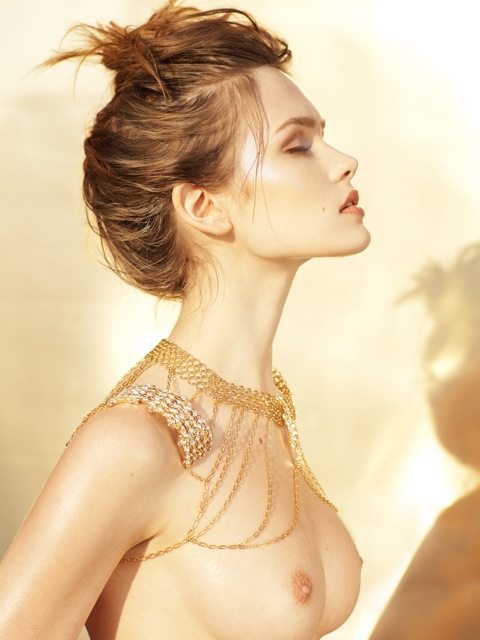
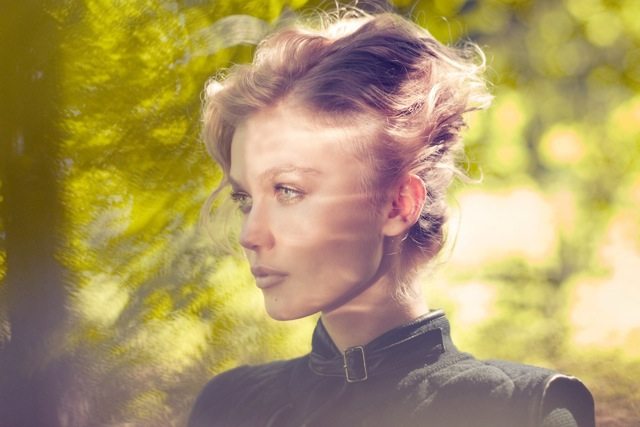
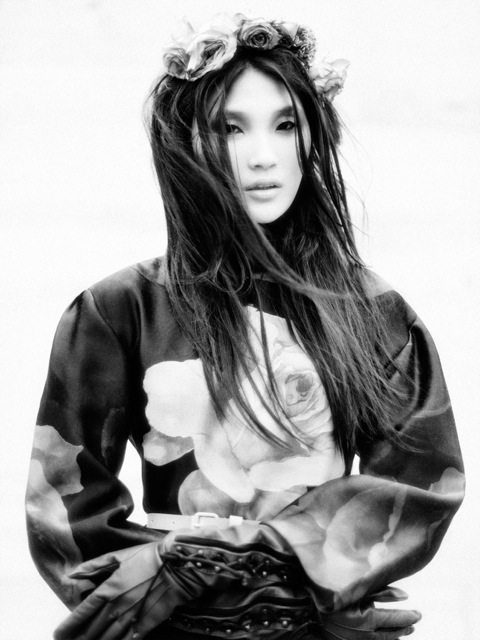
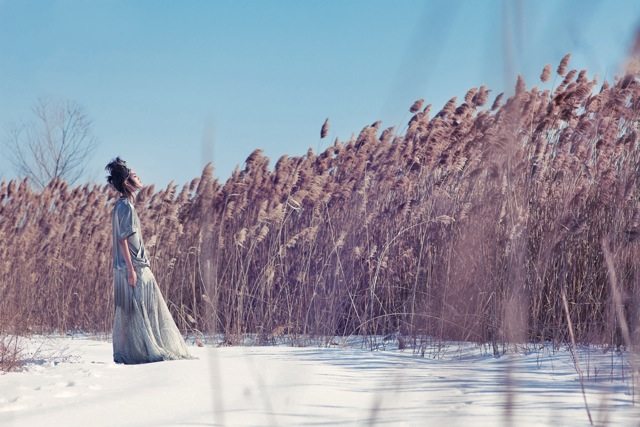
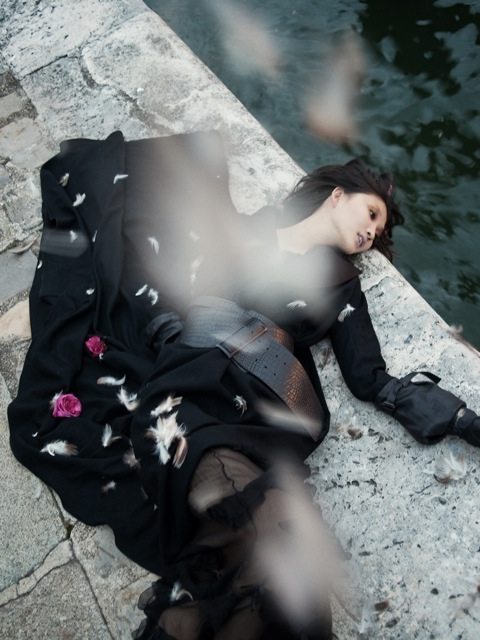
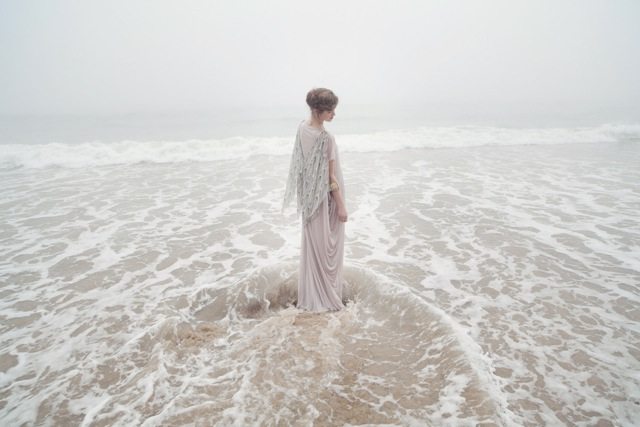
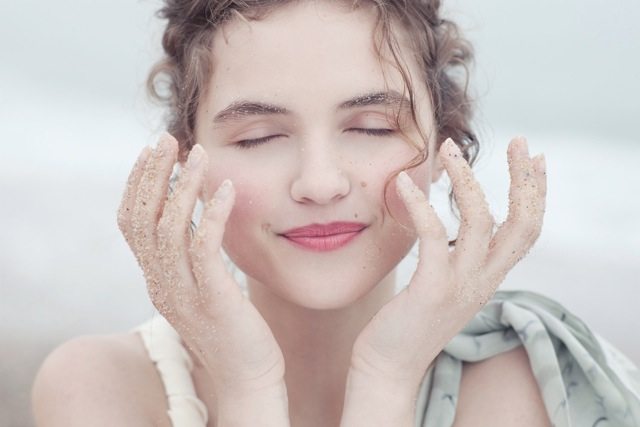
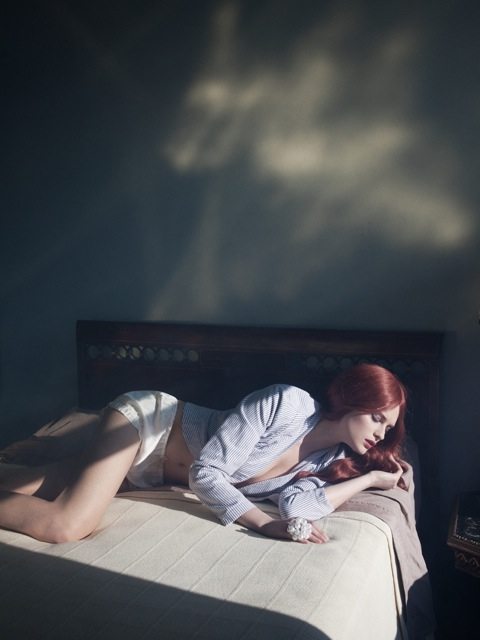
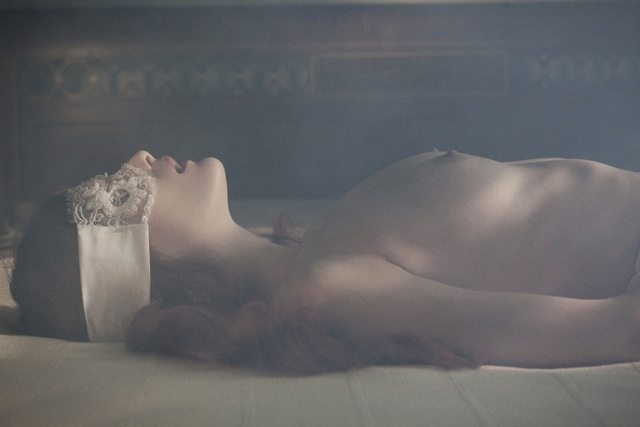
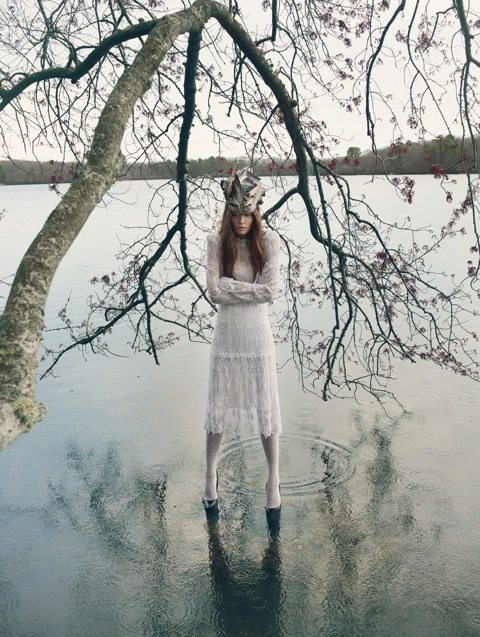

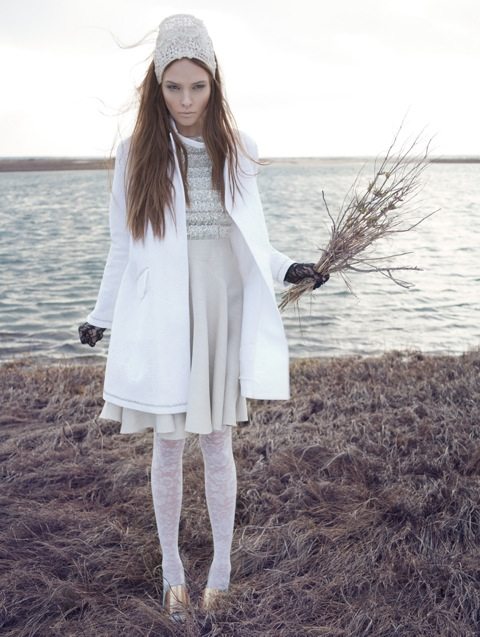
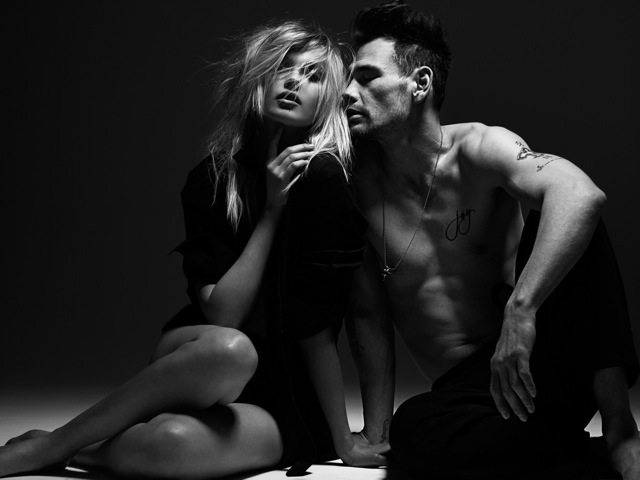
Angels We Were
The Heat of Her Skin
Alisa Frolkina by Paul de Luna for Mojeh Magazine
